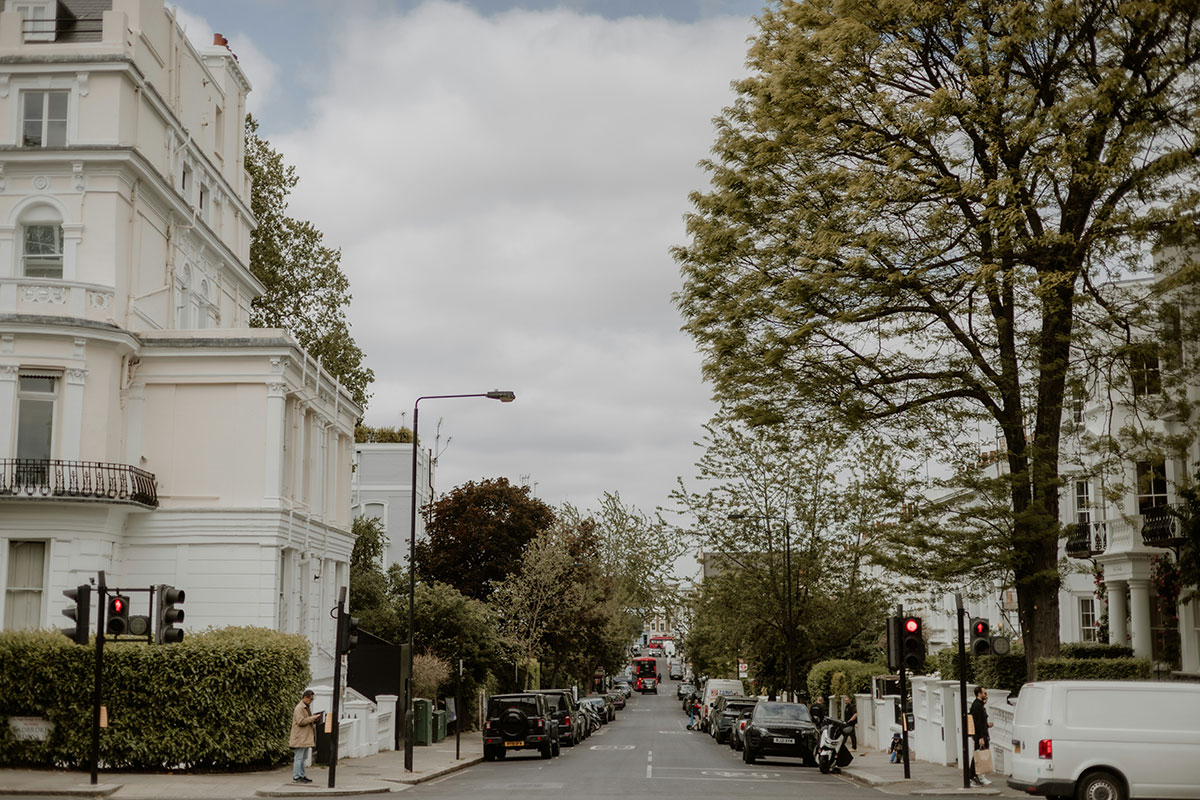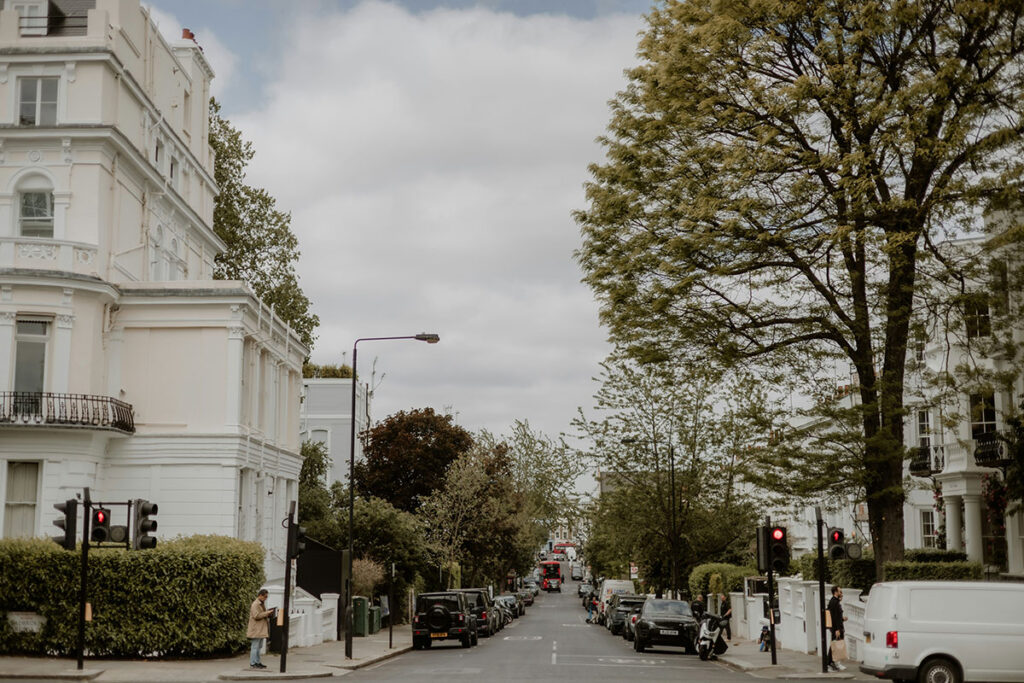Expansive family homes, generous gardens, green spaces and no shortage of luxury amenities; prime property in London’s south-west pocket is more desirable than ever. Our Partner, James Burridge, explains what’s driving the recent surge in activity, where to find the area’s most exceptional properties and how to seal success in this complex market
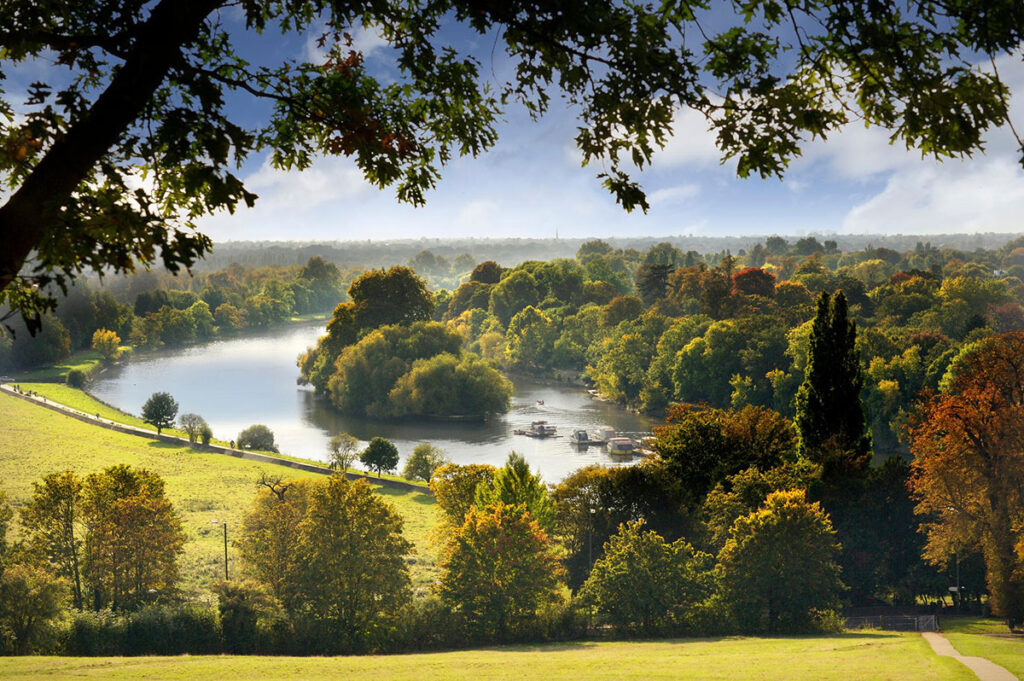
Once rather dismissively labelled ‘suburbia’ by our grandparents, who would have questioned our sanity in moving out of Kensington or Chelsea, south-west London has been experiencing a surge in activity in recent times – and for good reason.
A large part of the appeal of south-west London is that its housing stock is more in keeping with the way we want to live. Houses here are lower, wider and with larger gardens and there are less strict planning controls than in central London. A standard townhouse in Chelsea is around 16ft wide. Go to Richmond or Wimbledon and you’ll see 40ft wide houses with 100ft gardens and off-street parking. In central London you’d have to pay north of £20m for that amount of space; in Wimbledon it can be half that, or even less depending on where you’re looking.
The ‘villages’ in this corner of the capital retain a sense of community and character alongside an abundance of green, open spaces – all within easy reach of central London. And you’re not devoid of luxury here. Restaurants such as Scotts Richmond – sister restaurant to its Mayfair stalwart – Michelin-starred Trinity in Clapham and Chez Bruce in Wandsworth are perennially popular. Recent openings such as luxury health club Third Space in Wimbledon and family-friendly members’ club Jesse’s House in Parsons Green further elevate these already affluent areas.
Increasing numbers of buyers are now wising up to the area’s charm. According to the Coutts Prime Property Index for Q1 2025: “Much of the current activity is being driven by needs-based buyers, those looking in traditional family homes markets, in outer-prime markets such as Battersea, Clapham and Wandsworth and Wimbledon, Richmond, Putney and Barnes.”
The majority of my clients here are looking for large family homes to be their primary residence and the area’s renowned independent schools, such as Kings’ College School Wimbledon and St Paul’s School in Barnes, as well as several leading international schools, remain a key draw. The new co-educational Thomas’s College on Richmond Hill, opening in September, is further evidence of increasing demand. Securing a school place here now needs to be considered years in advance.
The good news is that there is more stock than there’s ever been, but the market is thin when it comes to best-in-class properties that require no work. Buyers who only want to be on Richmond Hill and spend between £4-6m, for example, will find that there’s very little to choose from. Encompass a wider area taking in Richmond, Barnes and St Margarets, and you suddenly have far more opportunities.
It is also becoming more of a global market. With its close proximity to Heathrow, the area is attracting growing interest from buyers from Western Europe, the Middle East, America, China and India. If we look a decade ahead, I think south-west London will be home to a far more international population – on a par with central London.
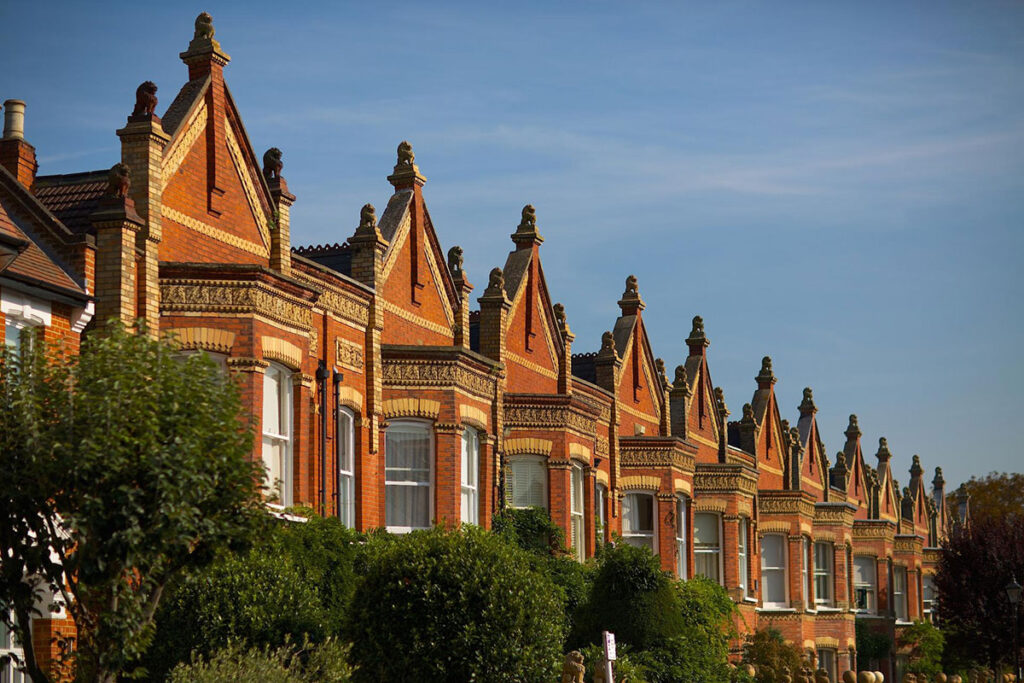
South-West London’s most Desirable Roads
Wimbledon’s most popular pockets are the roads off the Common, from where you can explore the heath and woodland on foot, bicycle or horseback and easily walk into the village. You can also walk down into the town to get the train into central London.
The streets between Wandsworth and Clapham Commons are also very popular, especially with young families. The area known as the ‘Toast Rack’ (named after its shape on a map) between Trinity Road and Wandsworth Common has substantial late 19th century houses, some of which back on to the Common, as well as fast connections into central London.
Richmond Hill remains the most desirable enclave of Richmond, noted for its celebrated view of the Thames [pictured at the top], as well as its famous residents over the years. Rockers Ronnie Wood and Pete Townsend have each owned the iconic Georgian mansion The Wick, while Mick Jagger and playwright Richard Sheriden are both previous owners of nearby Downe House. Across the river, houses backing on to the Trust Grounds of St Margarets have huge appeal. Owners have a key to the resident-only 12-acre gardens where there are lakes and tennis courts.
In Fulham, the Peterborough Estate conservation area – known for its distinctive red brick ‘Lion Houses’ – have long been popular. There’s also a perfect little pocket between Eel Brook Common and The White Horse and from Parsons Green down to New Kings Road. The Fulham market, in the mainstay, tops out at £4m-4.5m, but pricing is still very strong in these areas for good properties on the right roads. Houses that were £1,300 per sq ft, are now trading for £1,450 or even £1,500 per sq ft.
Further west in Barnes, properties close to the pond and large houses on Lonsdale Road with views of the river are among the most desirable. You will also find some exceptional classical villas on Castlenau. Once a very busy road, it now benefits from the indefinite closure of the Hammersmith Bridge to motor vehicles, making it much quieter.
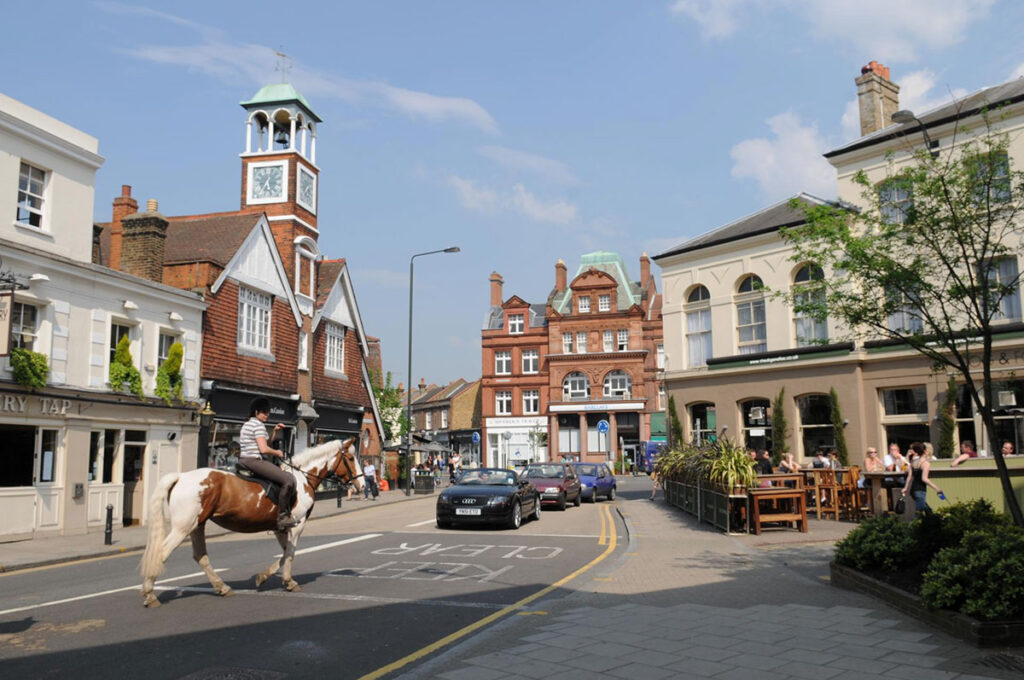
Successful Purchases, Happy Clients
We recently secured a beautiful semi-detached house in Wimbledon Village for a couple who were downsizing. Initially set on something turnkey, they shifted their expectations due to limited stock — and with our support, are now working with an excellent team to renovate their new home in a prime, walkable location.
In Clapham, we acquired an almost 5,000 sq ft family house on one of the area’s best roads off the Common, off-market and through sealed bids. Properties of this scale and potential rarely come up – it’s a once-in-a-generation house and the kind of opportunity I see only once every couple of years.
And in Fulham, we have recently purchased an exceptional 4,000 sq ft house over looking green space for a family seeking a wide, low-built house with a large garden and off-street parking. We viewed it before it came to market and, with just a handful of such homes in the area, it’s a rare and exceptional find.
How to Stay Ahead in South-West London
It’s important to keep in mind that it takes longer than you think to find what you’re looking for in south-west London – a move could take up to 18 months. Without a high volume of stock, it takes a long time to get your eye in. You may need to see a dozen houses across a number of ‘villages’ to know if it’s where you want to be and it could take six months to see six good houses. There are even fewer houses available that don’t require any work.
That said, there are a lot of good buyers, so when the right thing comes along and the timing is right for our client, we have to act quickly – particularly as most of the stock that we see isn’t on the open market.
This means ensuring that our clients are exceptionally well informed, so that they have the knowledge and confidence to act swiftly when the opportunity arises.
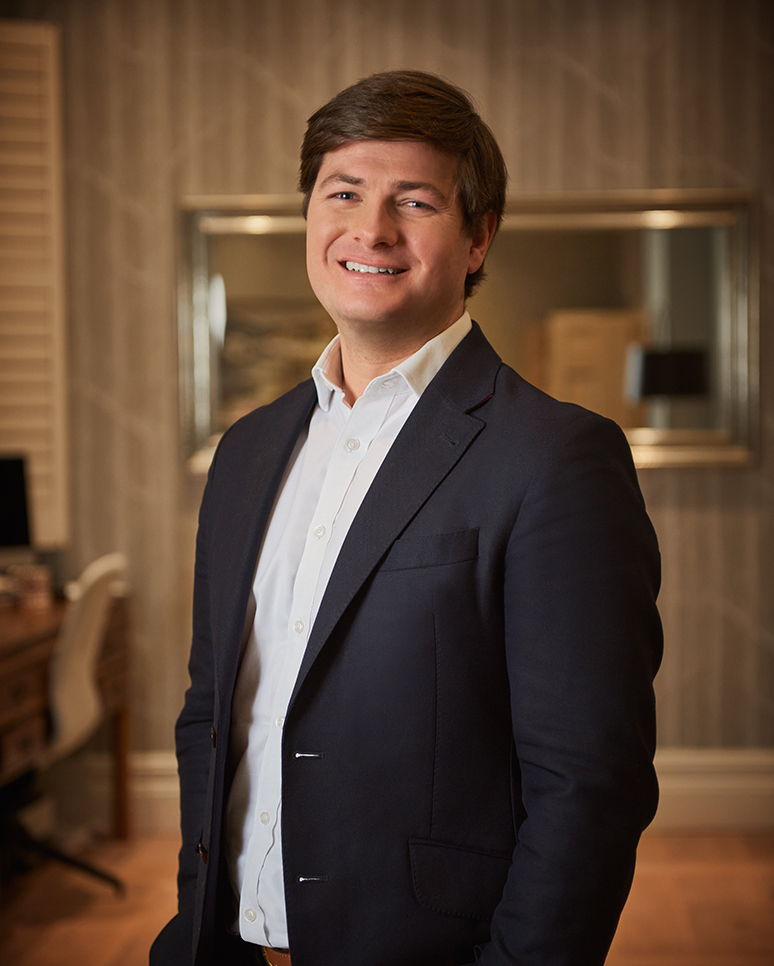
James Burridge is The Buying Solution’s Partner in London
For news, expert commentary and invaluable property insight, subscribe to The Insider, our quarterly newsletter, here.

